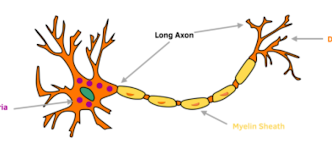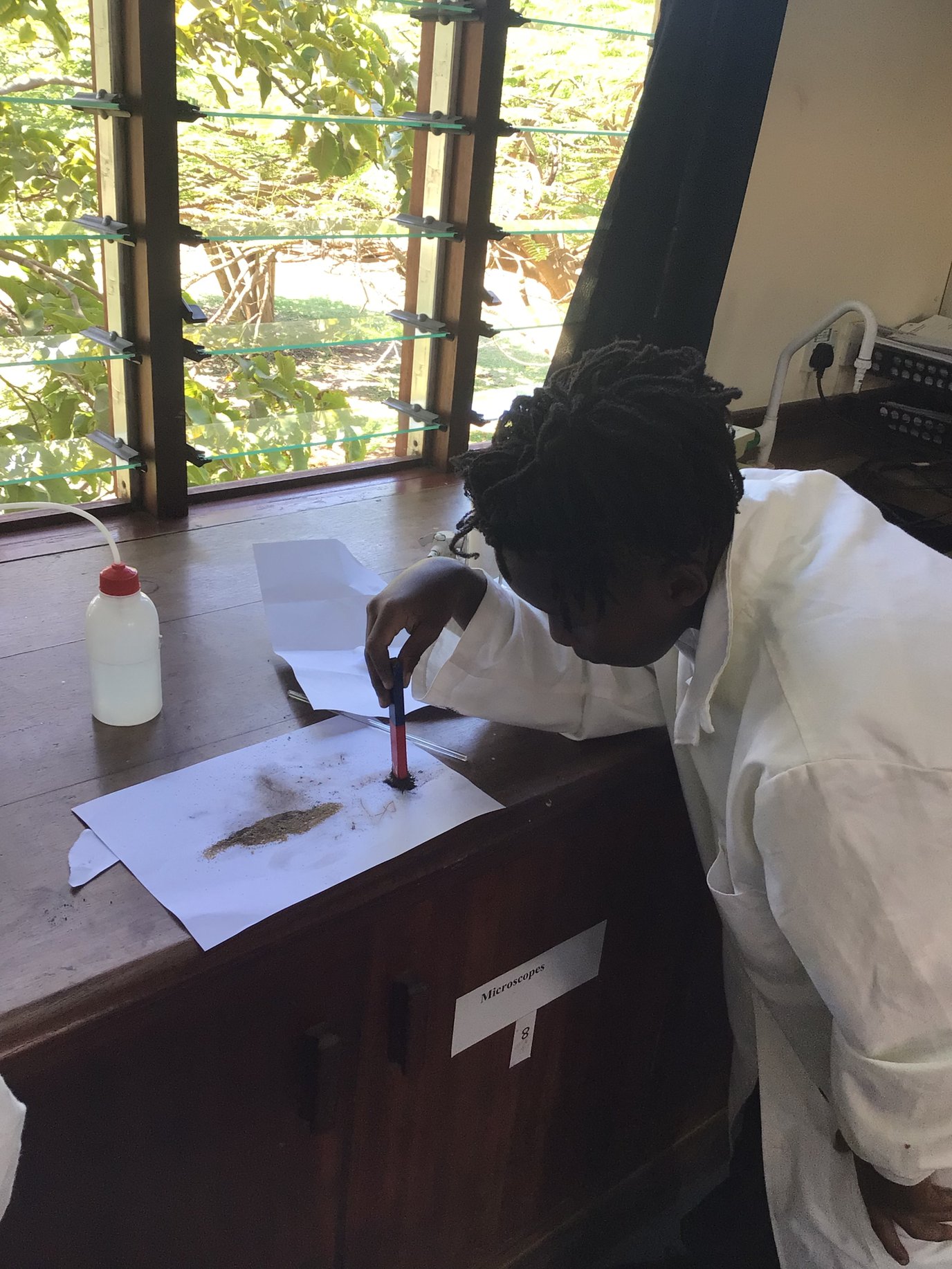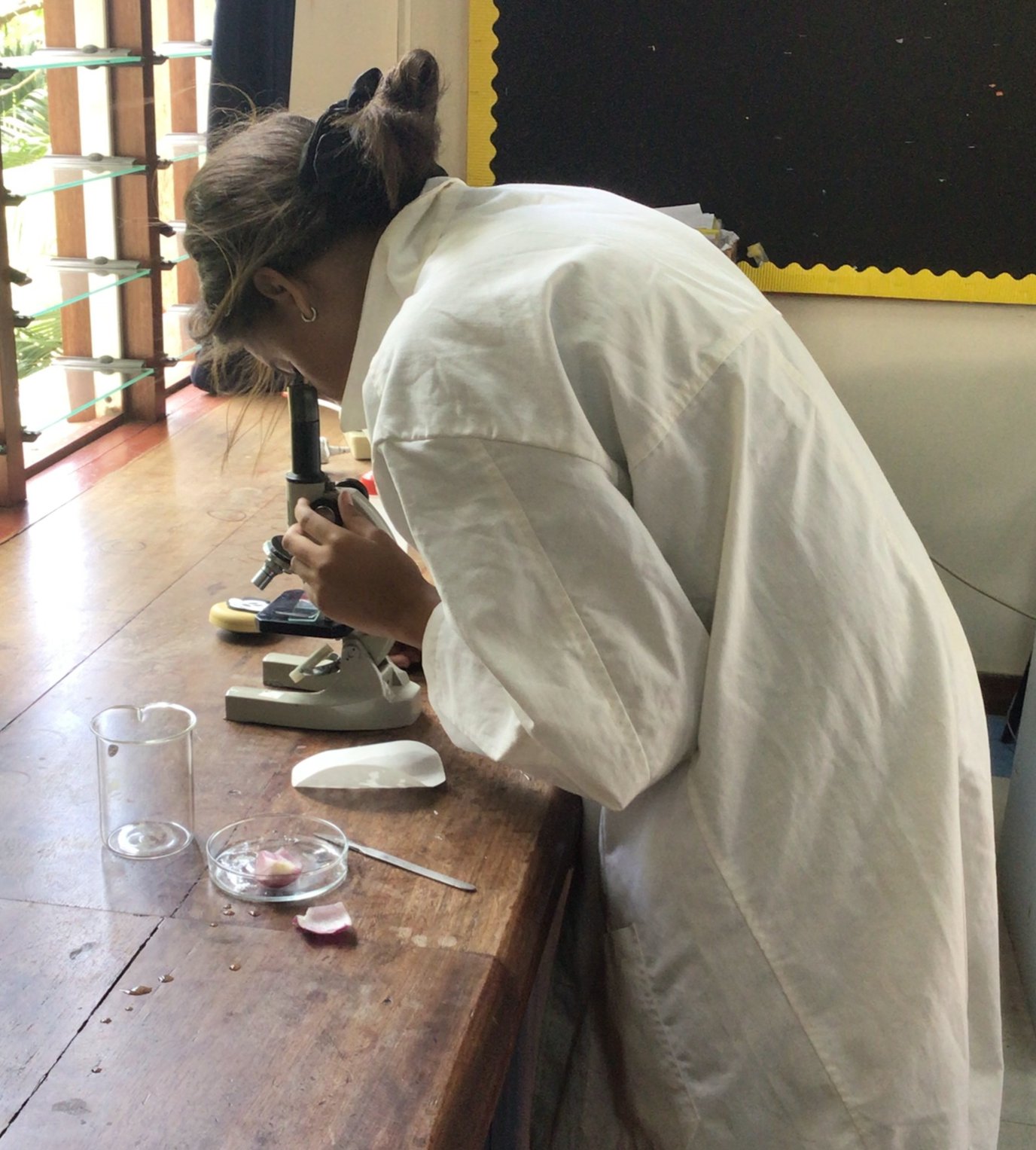Year 10 Science lessons

22nd September 2023
Introduction
This weekly report aims to highlight the achievements of the high school science department, focusing on the topics covered in Year 10, including the study of cells, microscopy, and methods of separation. The report will provide a comprehensive overview of the activities undertaken by the department, student engagement, and notable accomplishments.
1. Study of Cells in Year 10
Students have been actively engaged in studying cells as part of their biology curriculum. The curriculum covers fundamental concepts related to cell structure and function, exploring both plant and animal cells. Students have been introduced to various cell organelles such as the nucleus, mitochondria, endoplasmic reticulum, Golgi apparatus, and chloroplasts (in plant cells). They have also learned about the different types of cells, including prokaryotic and eukaryotic cells.

To enhance their understanding, students have participated in practical activities such as microscope observations of prepared slides showcasing different cell types. These hands-on experiences have allowed them to visualise and identify cellular structures under varying magnifications. Additionally, students have conducted experiments to investigate cell division processes like mitosis and meiosis.
2. Microscopy
Microscopy has been a significant focus in the high school science department. Students have been introduced to different types of microscopes, including light microscopes and electron microscopes. They have learnt the principles behind microscopy techniques and how to prepare samples for observation.
Practical sessions have provided students with opportunities to use light microscopes to examine various specimens such as onion cells, cheek cells, and pond water organisms. Through these activities, students have developed skills in adjusting microscope settings, focusing techniques, and recording observations accurately.
Furthermore, students have been introduced to electron microscopy through interactive presentations and virtual simulations. They have gained an understanding of how electron microscopes work and their applications in scientific research. Although hands-on experience with electron microscopes may not be feasible, students have been encouraged to explore online resources and videos to deepen their knowledge in this area.
3. Methods of Separation
The study of methods of separation has been another significant achievement in the high school science department. Students have studied various techniques used to separate mixtures based on their physical properties. These techniques include filtration, evaporation, distillation, chromatography, and centrifugation.
Practical experiments have allowed students to apply these separation methods to real-life scenarios. For example, they have conducted filtration experiments to separate insoluble solids from liquids and used evaporation to separate dissolved substances from a solution. Chromatography experiments have enabled students to separate different pigments present in plant leaves or food dyes.
Through these activities, students have not only gained theoretical knowledge but also developed practical skills in setting up apparatus, recording observations, and analysing results. The study of methods of separation has provided a foundation for understanding various industrial processes and their applications in everyday life.
In conclusion, the high school science department has made significant achievements in the study of cells, microscopy, and methods of separation in Year 10. Students have actively participated in practical activities, gaining hands-on experience and developing essential scientific skills. These achievements contribute to a well-rounded science education that prepares students for further studies and future scientific endeavours.
Miss Ohaga









